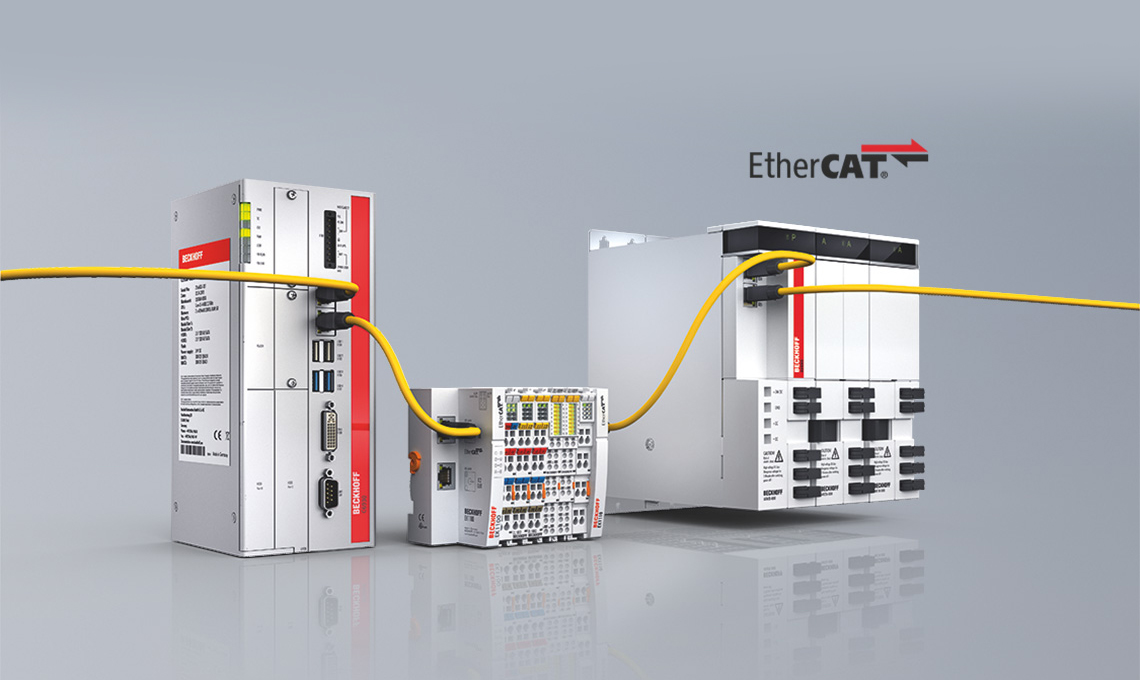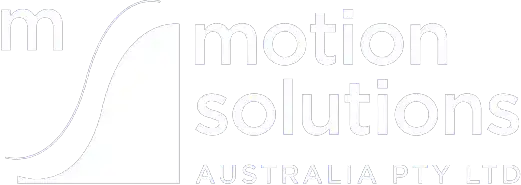
In the modern industrial landscape, seamless communication, precise control and synchronisation, and prompt data processing are critical for optimised performance and productivity. EtherCAT Technology has emerged as a revolutionary solution, expediting the performance of motion control and automation systems. This high-speed, high-efficiency communication protocol leverages Ethernet to provide real-time capabilities, dramatically enhancing the overall efficiency of automation systems.
EtherCAT, or Ethernet for Control Automation Technology, is not just another communication protocol in a crowded landscape. Instead, it is an innovative and disruptive technology that transforms the way industrial systems communicate and operate. By enabling almost instantaneous communication between numerous devices over a single network, EtherCAT reduces complexity, improves flexibility, and enhances control accuracy.
This technology is particularly significant in the realm of motion control. It provides high-speed, deterministic control, ensuring that all devices respond in a coordinated manner. Whether it’s in robotics, manufacturing machinery, or complex automated systems, EtherCAT is instrumental in driving operational excellence.
The Key Features of EtherCAT Technology
EtherCAT is designed to provide superior performance and flexibility in motion control and automation systems. Some of the most noteworthy features of EtherCAT technology include:
1. High-Speed Communication: EtherCAT utilises a unique processing-on-the-fly approach, where data is processed by devices as it passes through the network, resulting in minimal delays and ultra-fast communication speeds.
2. Precise Synchronisation: EtherCAT’s distributed clocks feature enables accurate synchronisation between devices, ensuring precise and consistent control in time-critical applications.
3. Scalability and Flexibility: EtherCAT is highly scalable, supporting a vast number of devices in a single network. Its flexible topology allows for easy integration into various industrial settings and accommodates diverse communication requirements.
4. Open Standards: EtherCAT is based on open standards, which means it can be easily incorporated with devices and technologies from various manufacturers, fostering interoperability and simplifying system integration.
Advantages of Utilising EtherCAT in Motion Control and Automation Systems
The use of EtherCAT technology can unlock numerous benefits in motion control and automation systems, including:
1. Improved Efficiency: EtherCAT’s high-speed communication and real-time performance enable rapid data exchange and minimal cycle times, resulting in more efficient processes and increased productivity.
2. Enhanced Precision: The precise synchronisation provided by EtherCAT ensures accurate and consistent control across all devices, leading to improved product quality and reduced waste.
3. Future-Proofing Systems: EtherCAT’s scalability and support for open standards allow for seamless integration with new devices and technologies as they emerge, ensuring the longevity of your motion control and automation systems.
4. Simplified Troubleshooting: EtherCAT’s advanced diagnostic capabilities make identifying and resolving network issues more straightforward, reducing system downtime and maintenance costs.
Real-World Applications of EtherCAT in Motion Control and Automation
EtherCAT technology has been adopted across various industries and applications, demonstrating its versatility and efficacy in enhancing motion control and automation systems performance. Some notable real-world applications of EtherCAT include:
1. Robotics and Material Handling: In robotics and material handling systems, EtherCAT enables rapid data exchange and precise synchronisation, facilitating faster response times and improved precision in tasks such as pick-and-place operations or palletising.
2. Machine Tool Control: The high-speed communication and synchronisation capabilities of EtherCAT are especially useful in machine tool control, where the rapid and accurate control of multiple axes is crucial for optimal performance and product quality.
3. Industrial Automation: EtherCAT is widely used in industrial automation applications, such as assembly lines, packaging systems, and process control, enabling efficient communication and real-time control of various devices and machinery.
4. Test and Measurement Systems: In test and measurement systems, EtherCAT’s precision and speed are vital for acquiring accurate and timely data, as well as managing real-time adjustments and feedback control.
Best Practices for Integrating EtherCAT Technology
Successful integration of EtherCAT technology in your motion control and automation systems requires careful planning and execution. Consider the following best practices for a seamless integration process:
1. Assess Your Existing Infrastructure: Before implementing EtherCAT, take stock of your current motion control and automation systems, identifying the devices, network architectures, and communication protocols in place. This assessment can help identify potential integration challenges and guide your selection of compatible EtherCAT devices.
2. Partner with Experienced Professionals: Partnering with experts like Motion Solutions can provide invaluable guidance and support when integrating EtherCAT technology into your systems. Their extensive experience and knowledge ensure a seamless transition with minimal disruption to your existing processes.
3. Develop a Comprehensive Integration Plan: Develop a detailed integration plan outlining the steps necessary for incorporating EtherCAT into your systems. This plan should include device selection, network topology design, and system testing, as well as any necessary updates to software, firmware, or control algorithms.
4. Test and Validate System Performance: Upon integrating EtherCAT technology, thoroughly test and validate system performance, ensuring that the objectives of improved efficiency and precision are achieved. Regular monitoring and performance evaluations are crucial for ongoing success and system optimisation.
Understanding the Role of EtherCAT Technology in Enhancing Automation Systems Performance
As we continue to witness advancements in technology, it’s clear that EtherCAT will be at the forefront, driving the evolution of automation systems towards greater efficiency and performance. This technology is not just a trend, but a cornerstone of modern automation systems that is set to shape the future of industrial processes.
Partner with Motion Solutions to access comprehensive expertise in EtherCAT technology and motion control systems in Australia, ensuring successful integration and optimised system performance. Our support and guidance will help you future-proof your systems, improve precision, and accelerate your path to automation success. Get in touch with us!

